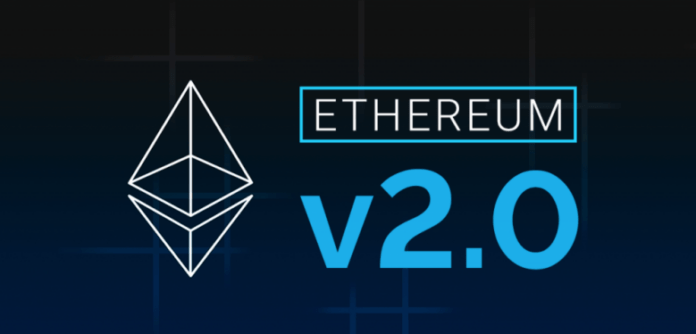Ethereum has confirmed on their Twitter account that the first transaction using only Ethereum 2.0 Proof of Stake validators has occurred.
🎉🎉 Lighthouse produced its first #Eth1 & #Eth2 merge transaction 🎉🎉
This is an ETH tx using *only* proof-of-stake validators. A step towards a 99.98% drop in Ethereum energy consumption 🌏🌲🌄
Credits to @gballet, @mkalinin2 & @Teku_ConsenSys!
Important qualifications 👇 pic.twitter.com/DW5GSk4JVo
— Sigma Prime (@sigp_io) March 25, 2021
Another Step Towards Ethereum 2.0
The transaction was validated through the Lighthouse client, which is being developed by Sigma Prime, one of the most important contributors to Ethereum 2.0. On Twitter, Sigma Prime clarified that this was only a first test for pure PoS transactions and that it will still take some time for Ethereum 1.0 and 2.0 to merge together:
This is exciting, but it doesn’t mean that we’re ready for production. This is a prototype and there’s still a lot of questions to answer and work to do. Primarily, you should take this is a signal that Eth1 and Eth2 developers are actively working together on the merge.
Ethereum PoS Has Been Seven Years in the Making
The herculean task of transitioning the leading smart contract platform into a next-gen Proof of Stake blockchain is part of Ethereum’s efforts towards much-improved scalability. Vitalik Buterin, who co-founded the project and who is still the leading figurehead behind Ethereum started gaining interest in PoS in 2014, even before the Ethereum mainnet went live in 2015.
Back then, Proof of Stake was largely seen as unfeasible, given the nothing-at-stake problem. Since PoS block validation does not require the usage of computing resources, validators would be incentivized to validate on multiple competing chains in the event of inadvertent or deliberate chain splits. Buterin solved the problem by introducing a penalty for validators who sign blocks that are rejected by others. He formalized the staking incentive system and proposed a protocol upgrade under the name Casper.
Simply invoking Casper would however introduce even more problems, since Ethereum was already working under a Proof of Work consensus. In 2016, Ethereum was struck by the infamous DAO hack, which led to a disagreement among miners whether the hack should be reversed or not. Ultimately, the dispute caused a chain split between the competing miner factions.
Rushing through with the Casper upgrade would have likely led to a similar event, so Ethereum was in a dilemma. On the one hand, there was widespread agreement within the Ethereum community that they should transition to PoS, but on the other hand, they needed to avoid disgruntling the miners by switching off PoW all of a sudden.
Earlier in 2016, Ethereum had introduced the “difficulty bomb”, which gradually decreased the mining rewards to prepare miners for the transition. The effects of the difficulty bomb kicked in in November 2016 but had to be delayed by the Byzantium upgrade in 2017 and the Constantinople upgrade in 2019, to prevent the blockchain from freezing.
From Casper to Ethereum 2.0
In 2017, the Ethereum Foundation finally decided on a roadmap for implementing Casper. Rather than sticking to the working title, the term Ethereum 2.0 was coined for the implementation plans.
The roadmap added some of the scaling solutions Ethereum had been doing research on, such as Sharding and Rollups, and planned a rollout of Ethereum in three phases. In 2020, several testnets for Ethereum 2.0 were released, albeit with mixed results. Nevertheless, Phase 0 went live on December 1st with the launch of the Beacon Chain.
With Phase 1, 1024 shard chains will be released, but will not have smart contract capabilities, which will be enabled by Phase 2. Somewhere between these phases, the legacy Proof of Work chain will be integrated as one of the shards. So far, no launch date for these milestones has been announced.
Simultaneously with the Beacon Chain launch, Vitalik Buterin released an updated roadmap, which backed off from the three-phased approach to a degree. Instead, development milestones will be evaluated independently and added whenever ready. Since the end of PoW mining still takes a central role, the first pure PoS transaction has been a crucial step towards the eventual completion of Ethereum’s longstanding transition efforts.
















